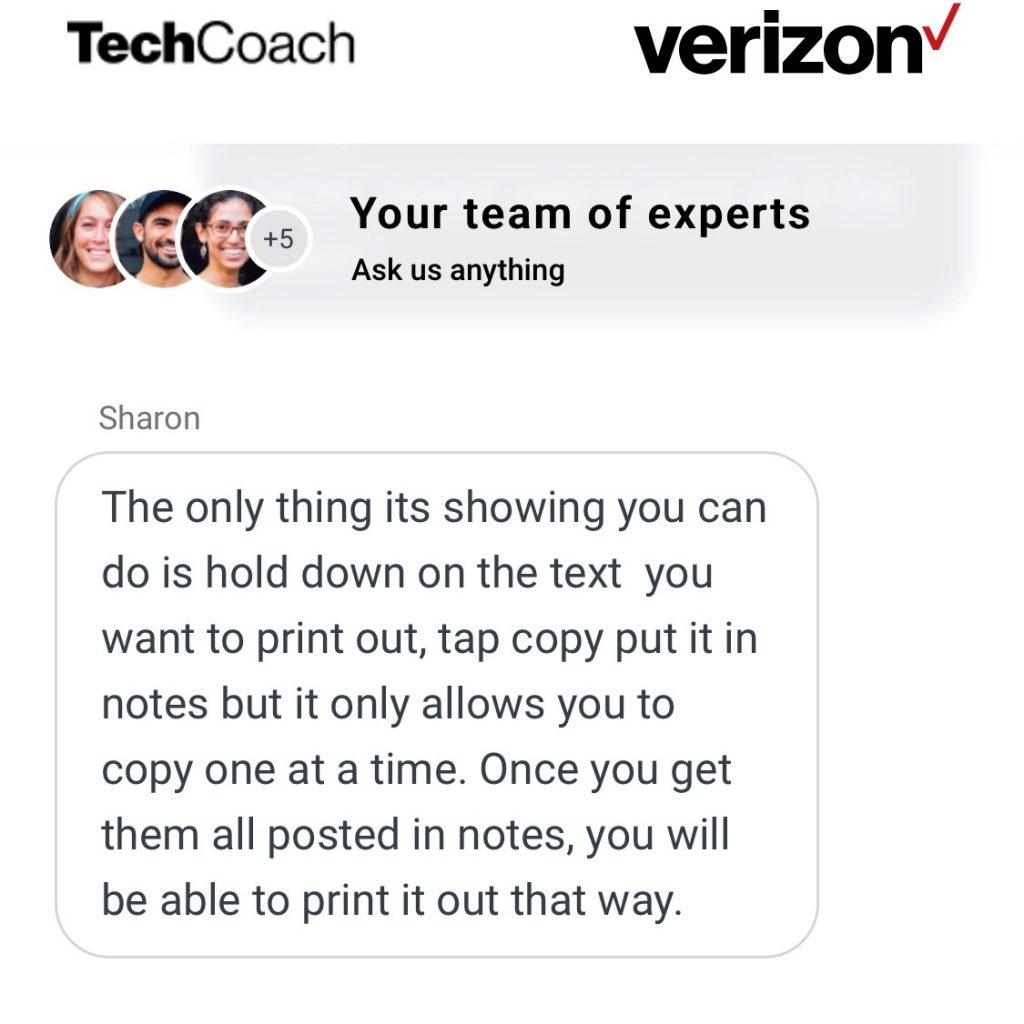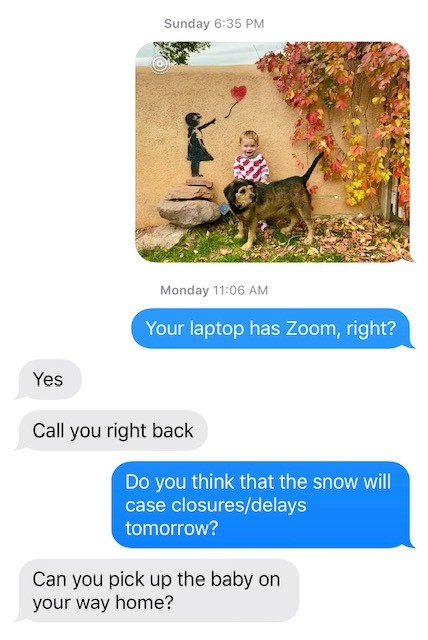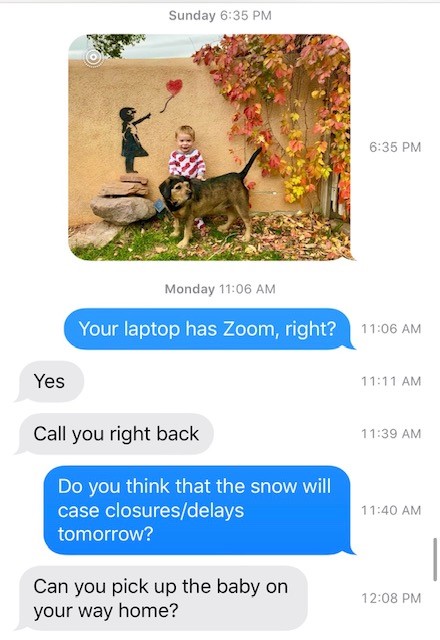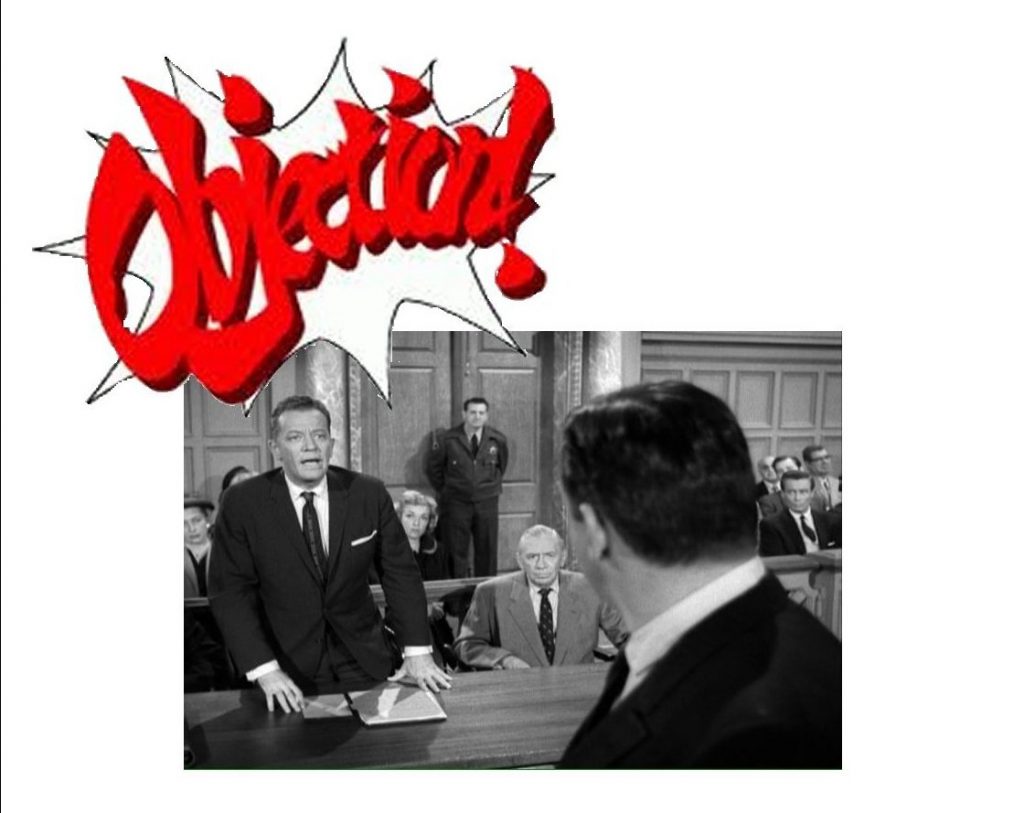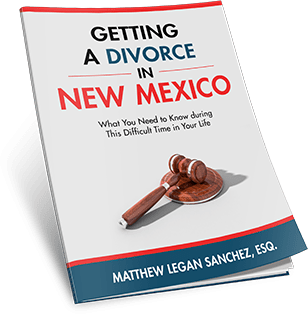
How to present email evidence in Albuquerque court
Text evidence can be huge.
Email evidence can be huge.
Video and picture evidence can be huge.
Evidence from these sources can be huge – but it also can be ineffective or counter-productive. Whether the evidence is effective or not often turns on the reason for introducing the evidence during a divorce case in Albuquerque, New Mexico.
INTRODUCE EVIDENCE TO SUPPLEMENT YOUR STORY – NOT TO TELL YOUR STORY
Your story should be told from the heart, not a script or sequence of text messages.
Have you ever heard a speech that was read from a note card? Were you moved by the speech? How would you feel about a first date where the person directly read from a prepared script? Do your friends and family members read from a notepad when telling you about an important event?
I think that you get the picture.
Telling your story through text messages disconnects you from the judge and often comes across as counterfeit. Your text messages should supplement what you are saying. Text messages are effective when they:
- Punctuate your story with a clear example of what occurred;
- Clearly demonstrates abuse/harassment;
- Supports your timeline or version of the events;
- Demonstrates a clear contrast in communication styles between you and your ex.
Over relying on text messages can cause:
- Choppy and disconnected story;
- Loss of connection and empathy from judge;
- Boredom;
- Awkward attempts to tell one’s story – especially when one lacks experience with effectively introducing exhibits into evidence.
Text messages should be an exclamation mark – not a series of commas and semicolons. Too many text messages, pictures, and emails is similar to a speech with too many “um,” “ah,” “like,” or other filler words. The overemphasis distracts, disconnects, and breaks up your ability to effectively persuade.
WHAT IS THE BEST WAY TO PRINT TEXT MESSAGES TO BE USED AS EVIDENCE?
Unfortunately, there isn’t a streamlined process that enables you to print a sequence of text messages. If you need to print a series of texts from one person – let’s say from August 1, 2020 to November 1, 2020 – the best way to print the series is to take screen shots.
I personally contacted Verizon to see if there’s a more efficient way to print long sequences of text messages and here was their response:
As you can see, Verizon’s solution is an extremely tedious way to print a long sequence of texts.
In my experience, the most effective way to print a sequence of text messages is to take screen shots of the texts.
To make the screen shots even more effective, left swipe and take the screen shot simultaneously. Left swiping adds the precise times that each text was sent.
This process is also a bit tedious, and at times leads to overlapping messages. With that said, it is the most effective way to copy and print text messages that I have encountered.
It’s also important to note that most judges want to see the entire series of text messages. Often one party will attempt to use an assortment of random text messages that are chosen from an extended period of time.
Possibly one offensive/insulting text message is being used, but does not demonstrate the entire conversation. When this occurs, the judge generally will have concerns about the text messages being taken out of context, in relation to the entire conversation string. For this reason, introducing disconnected text messages often lessens the credibility and softness the blow of one individual text.
HOW TO INTRODUCE TEXT MESSAGES INTO EVIDENCE IN NEW MEXICO
Adequate notice
The first step of introducing evidence is to ensure that you have provided adequate notice to the court in New Mexico and opposing party. Failure to provide adequate notice should lead to the evidence being rejected.
Properly labeled exhibits
As a Petitioner your exhibits will be labeled 1,2,3, etc. As a Respondent your exhibits will be labeled A,B,C, etc. This is a minor issue, but it can trip you up in court if your exhibits are labeled incorrectly.
Laying the foundation
Before an exhibit can be introduced into evidence, you must prove that the evidence is authentic. Essentially this means that you must prove to the court that you have sufficient knowledge to demonstrate the exhibit is reliable, accurate, and authentic. Here are three steps for laying the proper foundation:
- Identify the exhibit;
- Describe the exhibit; and
- Demonstrate that the exhibit is accurate and authentic.
You shouldn’t encounter much difficulty with introducing emails and texts into evidence, if you follow the three steps above.
Common objections to introducing exhibits include:
Lack of foundation
This is the easiest objection to overcome. This objection basically means that you have not adequately described or authenticated the evidence. If the evidence is a text/email, then you should ask more questions, or provide more information, including:
- Regularly communicating with your ex through the median (text/email);
- Describe the text/email in as much detail as possible;
- Describe history of communicating by text;
- Identify the person communicating;
- Provide as much information to show that the text is authentic and accurate.
Usually this objection is used to break up the flow of your testimony, or to throw you off the path that you are heading down. Objecting to foundation is similar to a sports fan yelling and waiving objects when a rival team is attempting to make a free throw, or kick a field goal. Don’t let this objection disrupt your game plan. Take a deep breath and provide more information about the exhibit through questions or answers.
Once you’ve provided more information, renew your offer to introduce the exhibit into evidence. Keep going until the exhibit is admitted into evidence.
Hearsay (out of court statements)
This is the most common objection that you will hear, and the star of court room television.
A hearsay objection basically means that you are attempting to use an out of court statement to prove your argument. Common hearsay examples include:
- Something a friend/family member told you or a statement that you overheard;
- A third person’s written statement supporting your argument (even if notarized);
- A third person’s report, evaluation, or opinion.
Confrontation Clause (right to question the witness):
The Sixth Amendment provides the right to confront witnesses and question the witness about evidence that is being introduced to prove one’s argument. The right to question witnesses applies in the following scenarios:
- You are attempting to introduce a text/email that was either sent or received by a third party. In this situation the third party would need to lay the foundation/authenticate the message. The third party would also need to be available to answer questions about the message.
- You are trying to introduce a picture or drawing that was created by a third party. In this situation the individual that created the picture or drawing would need to lay the foundation/authenticate the exhibit/creation and would also need to be available to answer questions about the exhibit.
Examples include:
- You are trying to introduce a written statement by a family member, doctor, counselor, etc. To do so, the person that wrote the statement must be available to answer questions.
- You are trying to introduce a picture/drawing that a family member, friend, or third person created.
- You are trying to introduce a text/email that was received by a family member, friend, or third person that supports your argument.
- In these common scenarios, the person would need to be available to answer questions about the exhibit that is being introduced into evidence.
YOUR JUDGE DECIDES IF THE EXHIBIT CAN BE INTRUDED INTO EVIDENCE
Judges are similar to referees in sporting events. Your assigned judge will decide legal issues, such as the objections described above. All judges are not created equally. Judges have different legal backgrounds, educations, experience, and preferences.
Hearsay is not an exact science.
Similar to referees, sometimes judges make the wrong call with evidence.
By following the steps above, you are giving your proposed exhibits the best chance of being introduced into evidence, and influencing your case.
(505) SANCHEZ IS HERE TO ANSWER ALL OF YOUR QUESTIONS ABOUT HOW TO INTRODUCE TEXT AND EMAIL MESSAGES INTO EVIDENCE DURING A DIVORCE CASE IN ALBUQUERQUE, NEW MEXICO
Do you still have questions about your specific case and how to introduce text and email messages into evidence during a divorce case in Albuquerque, New Mexico? Effective courtroom presentation requires the experienced hand and knowledge that comes with years of courtroom practice. Matthew Legan Sanchez has the experience needed to handle your unique case. Sanchez can be reached by calling (505) SANCHEZ.
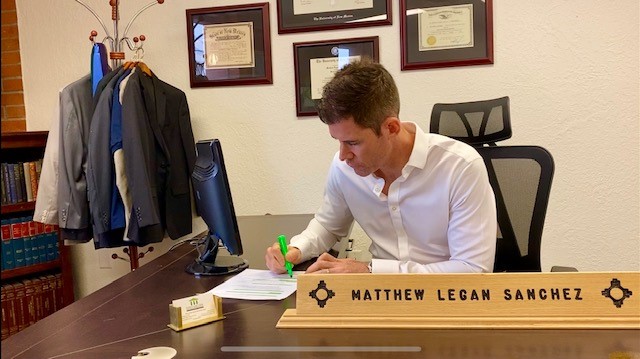
How to introduce text and email messages into evidence


